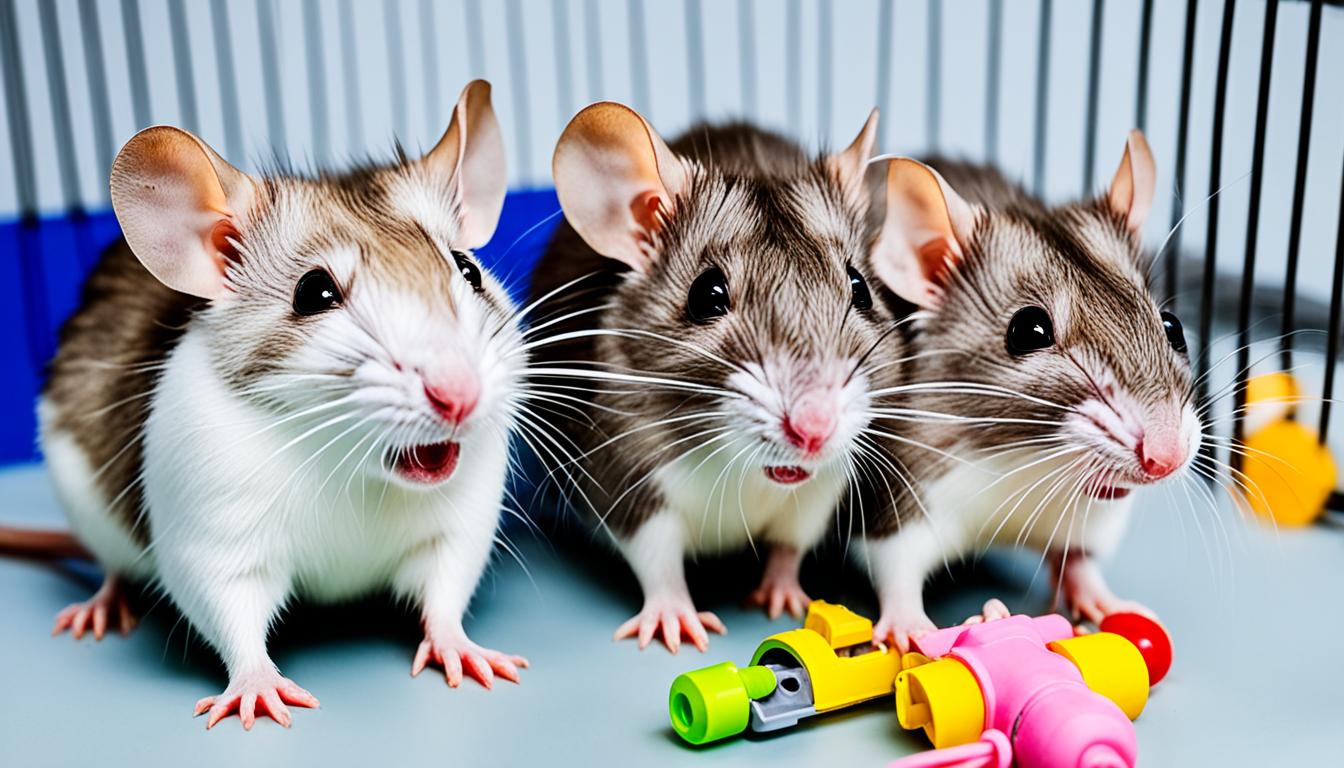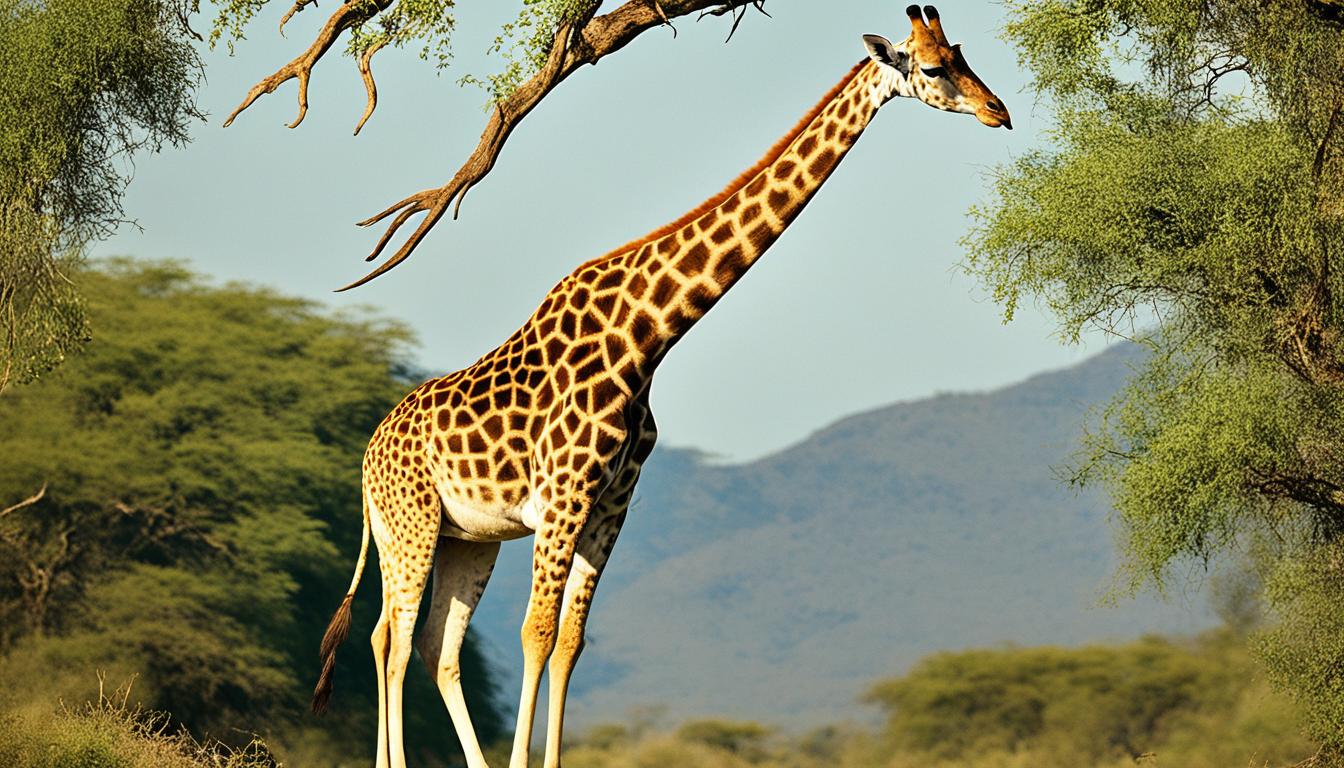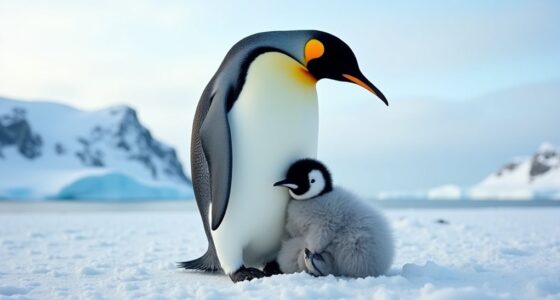In the animal kingdom, symbiosis reveals some of the most fascinating and unusual partnerships, where different species live closely and often benefit each other or one at another’s expense. These interactions include mutualism, where both gain, and parasitism, where one benefits at the other’s expense. Such relationships showcase animals’ adaptability and complex evolutionary strategies. If you keep exploring, you’ll uncover even more surprising examples of how these extraordinary connections shape ecosystems and survival.
Key Takeaways
- Symbiosis includes diverse relationships like mutualism, parasitism, and commensalism that demonstrate unique interspecies partnerships.
- Unusual symbiotic examples include clownfish and sea anemones, where both species benefit and coexist peacefully.
- Some partnerships, such as certain parasitic relationships, involve complex adaptations for survival and exploitation.
- Mutualistic alliances, like cleaner fish removing parasites from larger animals, highlight specialized and cooperative behaviors.
- These unique associations reveal the remarkable diversity and evolutionary strategies animals use to adapt and thrive together.

Symbiosis is a fascinating phenomenon in the animal kingdom where two different species live closely together, often benefiting each other. This intricate relationship showcases the diverse ways animals adapt and evolve to coexist more effectively. When exploring symbiosis, you’ll find that mutualism evolution plays a significant role in shaping these partnerships. Mutualism occurs when both species gain benefits that enhance their survival or reproduction. For example, certain fish clean parasites off larger marine animals, receiving food in the process while helping their hosts stay healthy. Such mutualistic relationships are the result of long-term mutualism evolution, where both species develop traits that promote cooperation and mutual benefit.
Symbiosis involves species living closely, with mutualism evolution fostering cooperation and mutual benefits in animal relationships.
However, not all close associations are mutually beneficial. Parasitic relationships demonstrate a different side of symbiosis, where one species benefits at the expense of the other. Parasites often live on or inside their hosts, siphoning nutrients or causing harm without providing any benefits in return. You might think of ticks feeding on mammals or parasitic worms inhabiting the intestines of animals. These relationships highlight how parasitic relationships evolve through a process that favors the parasite’s survival and reproduction, often at the host’s expense. Over time, hosts may develop defenses or resistance, prompting parasites to adapt further in an ongoing evolutionary arms race.
Despite the stark contrast between mutualism and parasitism, both involve close physical or ecological associations that have evolved over millennia. Mutualism evolution tends to favor traits that promote cooperation, such as specialized structures or behaviors that facilitate shared benefits. On the other hand, parasitic relationships often involve adaptations that help the parasite avoid host defenses, like camouflage or stealth mechanisms. These contrasting strategies reveal the incredible flexibility of evolutionary processes in shaping interactions across the animal kingdom.
Understanding these relationships helps you see how symbiosis isn’t just about comfort or convenience but is a driving force of evolution. Mutualism can lead to highly specialized partnerships that become critical to the survival of both species, while parasitism can influence host populations and ecosystem dynamics. Both types of relationships demonstrate how species co-evolve, adapting traits that ensure their survival amidst complex ecological webs. Recognizing the nuances of mutualism evolution and parasitic relationships allows you to appreciate the delicate balance of life and the extraordinary ways animals have evolved to thrive in shared environments. It’s a proof of nature’s ingenuity, where cooperation and conflict coexist, each shaping the future of countless species.
Frequently Asked Questions
How Do Symbiotic Relationships Evolve Over Time?
You might wonder how symbiotic relationships evolve over time. Through evolutionary mechanisms like natural selection, species adapt mutualistically, benefiting both partners. Over generations, mutual adaptation strengthens these bonds, making the partnership more efficient and stable. As each species influences the other’s evolution, their relationship deepens, leading to highly specialized interactions. This ongoing process highlights how mutual benefits and adaptations drive the development of complex, long-lasting symbiotic partnerships in the animal kingdom.
Can Symbiosis Occur Between Different Species of Plants and Animals?
Yes, symbiosis can occur between different species of plants and animals, creating fascinating cross species horticulture and plant-animal mutualisms. You might see birds helping plants by dispersing seeds, or insects pollinating flowers of different species. These partnerships benefit both parties, enhancing survival and reproduction. Such interactions highlight the diversity of symbiosis and show how evolution fosters complex relationships beyond just same-species partnerships.
What Are the Dangers of Parasitic Symbiosis?
You should know that parasitic symbiosis poses several dangers. Parasitic harm occurs when the parasite exploits its host, often weakening or damaging it. This increases host vulnerability to other threats, such as predators or diseases. If you’re observing such relationships, be aware that the parasite benefits at the host’s expense, potentially leading to the host’s decline or death, which disrupts the delicate balance of the ecosystem.
How Do Symbiotic Partnerships Impact Ecosystems Globally?
You might not realize it, but symbiotic partnerships crucially impact ecosystems worldwide. These relationships often provide mutual benefits, like enhancing survival and resource use, which helps maintain ecosystem stability. When species collaborate, they support biodiversity and resilience, ensuring environmental health. Your understanding of these partnerships reveals their importance in balancing ecosystems, emphasizing that such connections are essential for the sustainability of our planet’s natural systems.
Are Humans Involved in Any Symbiotic Relationships in Nature?
While humans often seem separate from nature, you’re actually involved in many symbiotic relationships. These partnerships bring mutual benefits, like farming and pollination, which support ecological balance. For example, farmers rely on bees for pollination, while bees benefit from the crops they help produce. You play a crucial role in maintaining these delicate connections, ensuring ecosystems thrive and remain resilient, illustrating how human involvement is integral to natural symbiosis.
Conclusion
As you explore these unusual partnerships, remember it’s like a carefully choreographed dance where each partner relies on the other’s moves. For example, the clownfish and anemone protect and feed each other, much like a well-rehearsed duet. These alliances, though surprising, show nature’s incredible adaptability. Just as a puzzle fits perfectly when all pieces connect, these symbiotic relationships remind you that survival often depends on teamwork, even in the wildest corners of the animal kingdom.










